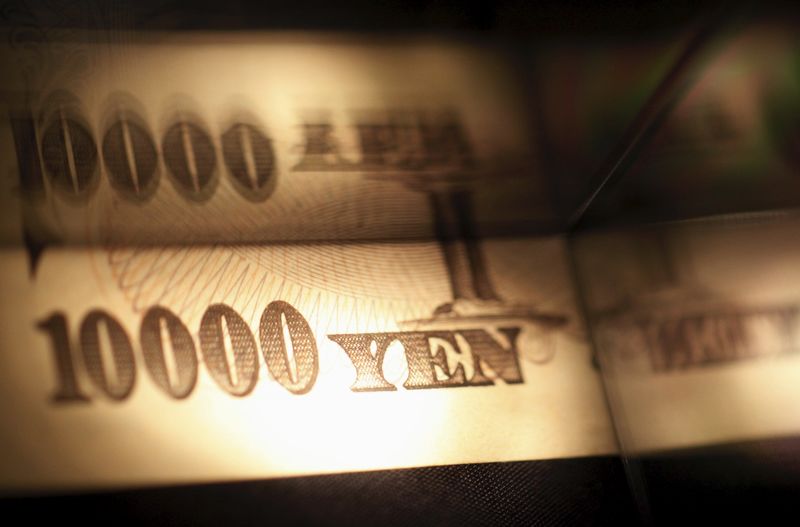Investing.com - The yen weakened in Asia along with the Aussie on Monday as investors noted a slew of manufacturing PMIs regionally and the start of a week-long holiday in China.
AUD/USD traded at 0.7649, down 0.13%, while USD/JPY changed hands at 101.49, up 0.15%. GBP/USD was last quoted down 0.35% to 1.2933 as details of the U.K.'s aim to leave the European Union start to dribble out.
In Japan, the third quarter Tankan survey showed the large manufacturing index at plus-6, below the plus-8 figure expected and unchanged from the previous period.
In the second quarter survey, companies on average continued to revise down their inflation outlook for one and five years ahead from three months ago as core consumer prices, which exclude fresh food, continued to be weak and private demand remained sluggish.
The Bank of Japan is seeking to form an appropriate yield curve in order to hit its 2% inflation target under the new monetary easing framework adopted last week, Governor Haruhiko Kuroda said in a speech Thursday.At its next policy meeting Oct. 31-Nov. 1, the BoJ board will review its medium-term growth and inflation outlook through March 2019. Inflation expectations among businesses in the September Tankan due out on Tuesday will provide a clue as to whether the outlook is being revised down again.
Earlier, in Australia, the AIG manufacturing index came in at 49.8, recouping some of the sharp fall in August and moving closer to the expansion zone above 50.
"With business investment the major missing ingredient to a more comprehensive lift in domestic activity, there is a clear need for policy action in this area. In considering the Government's Enterprise Tax Plan, federal parliamentarians should consider the material improvement to the investment outlook that would come from a reduction in the company tax rate," AI Group Chief Executive Innes Willox said.
At the weekend, the semi-official PMI from the China Federation of Logistics and Purchasing (CFLP) and the National Bureau of Statistics (NBS) came in at 50.4 in September, unchanged from last week and as expected.
The U.S. dollar index, which measures the greenback’s strength against a trade-weighted basket of six major currencies, rose 0.10% to 95.48.
In the coming week, the U.S. nonfarm payrolls report on Friday is seen by many as the clearest sign on the health of the labor market, amid ongoing speculation over whether U.S. interest rates will rise this year.
The Fed raised rates for the first time in almost a decade in December and forecast rates would rise four times this year, but officials have recently acknowledged that the mixed economic recovery means rates are likely to remain lower for longer.
The Fed’s next meeting is in November, but a rate hike ahead of the presidential election is seen as unlikely.
Financial markets in China and Germany will be closed for national holidays.
Last week, the dollar retreated from one-and-a-half week highs against the euro on Friday and gained ground against the safe haven yen and the Swiss franc as concerns over the health of Deutsche Bank (DE:DE:DBKGn) eased.
The single currency was boosted as Deutsche Bank shares rebounded following reports that it is nearing a deal to settle a mortgage-securities investigation by paying a $5.4 billion fine, well below the Justice Department’s original proposal of $14 billion.
